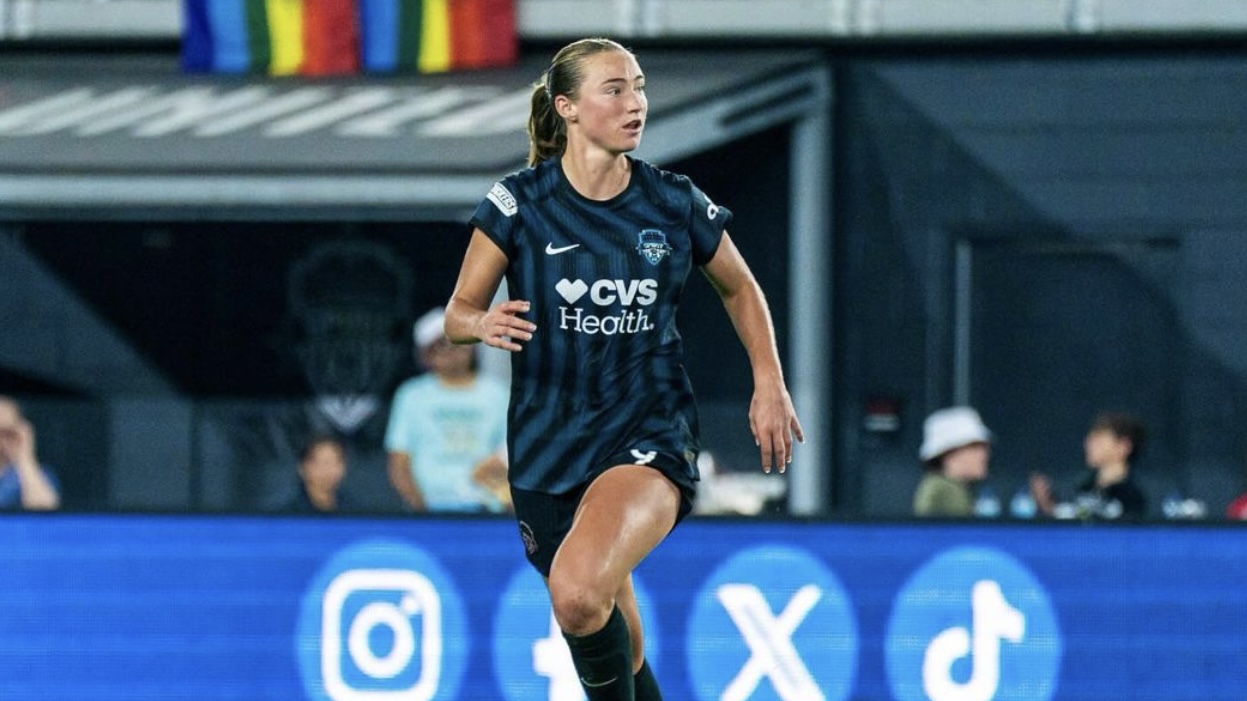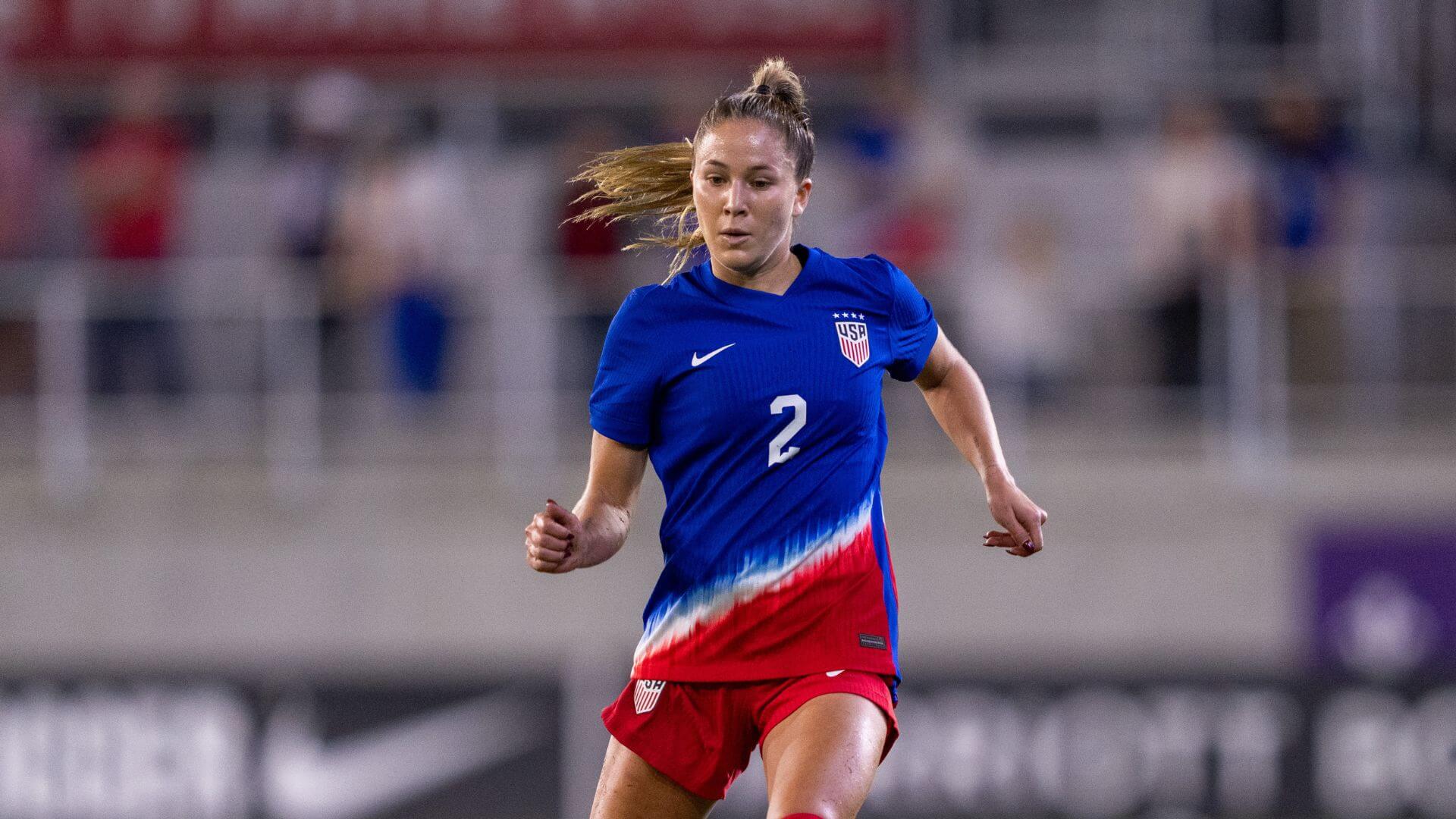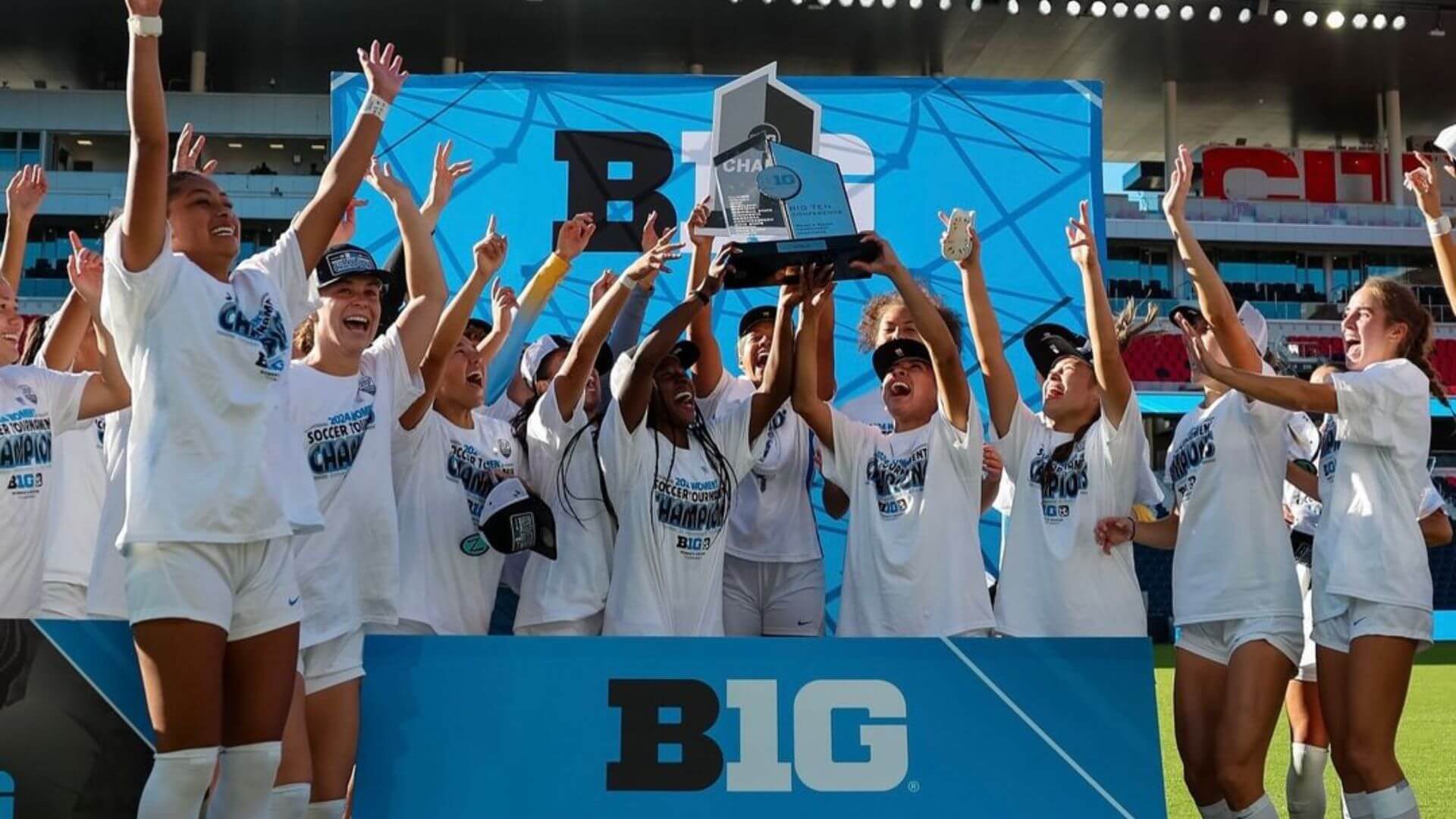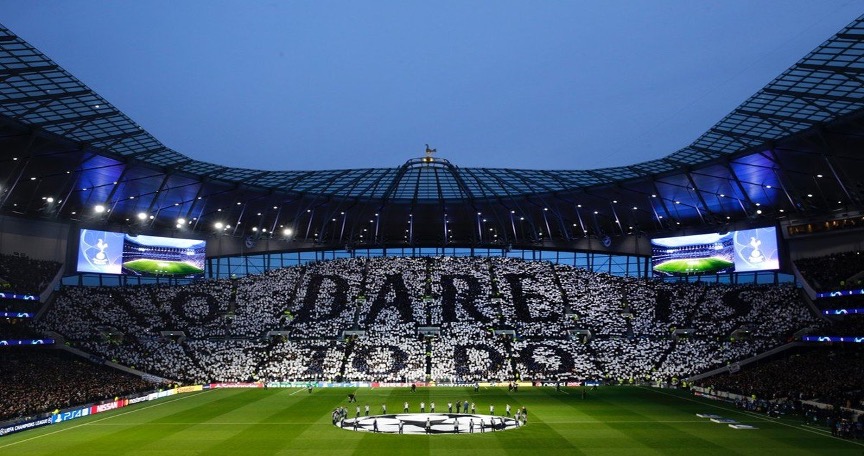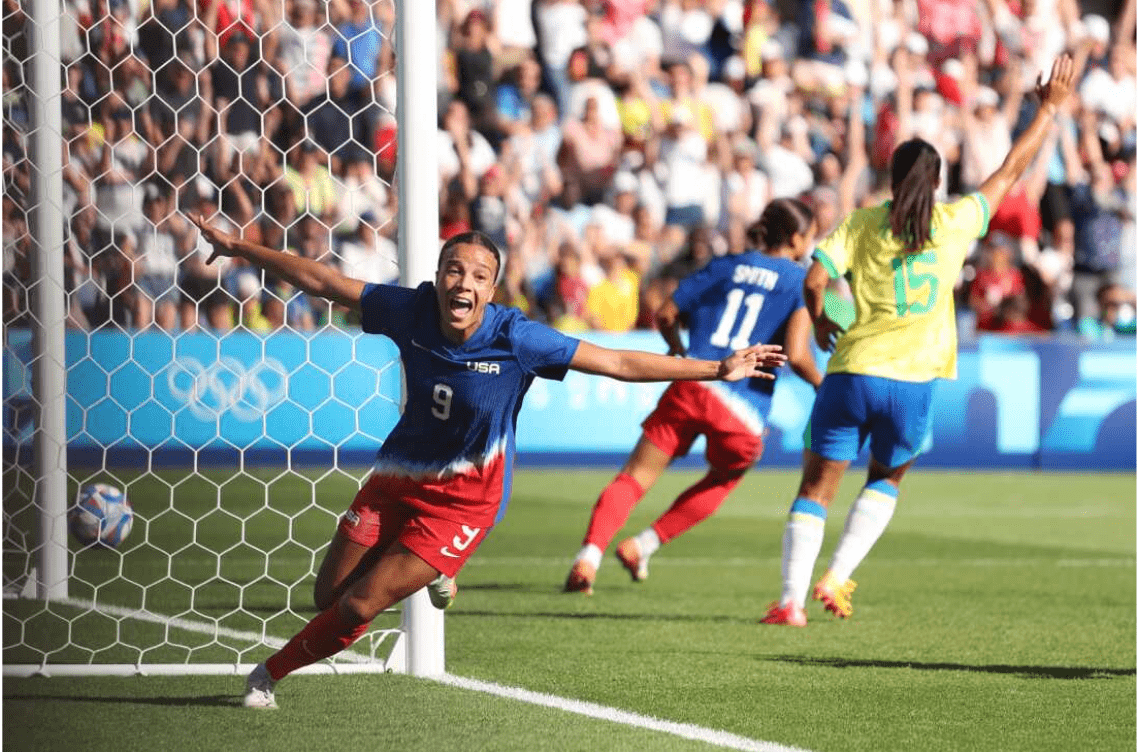5 Countries Where Female Soccer Leagues are Developing Consistently
The evolution of women’s soccer shows no signs of slowing down as its worldwide popularity continues to grow. In 2019, a record-breaking 1.12 billion viewers watched the Women’s World Cup, while in the UK alone, 28.1m people watched the tournament. Since then, audience numbers have continued to grow.
In France, women’s soccer is well established with the Division 1 Féminine, which boasts Olympique Lyonnais, widely recognised as the best club side in the world and a model for the development of women’s soccer. Les Lyonnaises have won the prestigious UEFA Champions League for five of the last six years.
Thanks to increased interest in women’s soccer however, other leagues are benefiting from increased investment, sponsorship and TV deals, resulting in improved exposure, better player recruitment and development. Below, we take a look at how women’s soccer is developing in the top leagues around the world.
U.S.A – National Women’s Soccer League (NWSL)
The USA has led the way in women’s soccer in terms of popularity, player development and skill level, resulting in the national team lifting the World Cup in 2015 and again in 2019, but the NWSL are facing increased competition for their best players from richer European leagues.
However, the league announced a significant new television deal with CBS this year, providing a stable revenue stream and creating more ways for fans to watch. CBS will broadcast two matches, CBS Sports Network will air another 14, while another 71 will be on CBS All Access, the network’s subscriber streaming service. The league will also stream 24 matches on Twitch, the Amazon-owned streaming service.
The increased exposure of women’s soccer has led to online betting sites now taking bets on the NWSL, plus significant sponsorship deals from Mastercard, Budweiser, Nike, Nationwide, Ally and Verizon. With Angel City FC and San Diego due to join the league in 2022 taking the number of teams to 12, the NWSL is well placed for the future.
England – Women’s Super League – (WSL)
The WSL is experiencing significant growth in England as a series of big money deals have boosted its exposure and attracted top players to the league. In March the Women’s Super league announced the signing of a landmark broadcasting deal with BBC and Sky, two of the UK’s biggest television broadcasters. The deal is worth up to £24 million over three 3 seasons, and is the largest commercial agreement in women’s football.
Up to 44 matches a season will be broadcast on Sky, while around 22 will be on the BBC. The revenue from the deal will be diverted into grassroots football, increased player wages, better facilities such as training grounds, plus hiring more backroom staff such as dieticians, physio’s etc. In 2019, the WSL also agreed a deal with Barclays, that saw the bank sponsor the WSL for 3 years, an agreement worth over £10 million.
The English Men’s Premier League is the richest football league in the world, buoyed by vast tv riches, and many teams are now seeing the commercial and cultural advantages of creating their own women’s team. Famous men’s clubs such as Manchester United, Manchester City and Chelsea are all investing heavily in their facilities and player recruitment, such as Abby Dahlkemper, Sam Mewis and Rose Lavelle.
Spain – La Liga Femenina
Founded in 1988, the Primera Iberdrola as it is known, is the top women’s football league in the country but was not professional until this year when the Spanish government finally designated its top league as professional.
In 2015, all the Spanish clubs united to create the Association of Women’s Soccer Clubs to promote and professionalise women’s football in Spain. Being a professional league will now allow the Liga Femenina to make their own decisions, get better resources and improve conditions for the players.
There is growing interest in women’s football in Spain, where a crowd of over 60,000 watched Barcelona beat Atlético Madrid 2-0, the highest-recorded crowd for a domestic women’s game in Europe. Barcelona’s first ever Champions League victory in 2021, has also raised the games profile in Spain even further.
Italy – Serie A Femminile
Established in 1968, the women’s Serie A is currently not considered a professional league, meaning the players are deemed amateurs despite devoting considerable time to train, travel and play. However, FIGC, Italy’s governing body for soccer, recently announced that from the beginning of the 2022/23 season, Serie A Femminile will be given professional status.
Italian pay-TV broadcaster Sky Italia showed over 40 games last season and audiences have grown as famous old men’s clubs such as Juventus, Napoli, Inter Milan and AC Milan have formed female teams.
Germany – Frauen-Bundesliga
Consisting of 12 teams, the Frauen Bundesliga was formed in 1990 and has recently been boosted by the success of the German women’s national soccer team. With historic men’s teams such as Bayern Munich and Eintracht Frankfurt backing their own female teams, the league looks set for continued success.
Eurosport, the pan-European broadcaster owned by Discovery, currently shows free-to-air Frauen-Bundesliga games as part of a three-year deal, showing 22 lives matches per season and increasing exposure to a wider audience. Combined with a 4-year sponsorship deal with Flyeralarm worth around €1.2 million per season, women’s soccer in Germany is financially secure and investing heavily in the development of female players.
China – Chinese Women’s Super League (CWSL)
Founded in 1997, the CWSL received significant investment in 2016 as major sponsors and investors became involved, raising player salaries and recruiting high-profile players from the top leagues in Europe.
In 2019, Alipay, an Alibaba-affiliated company, committed $145 million to support Chinese women’s soccer over the next ten years. The aim is to bring together, technology, funds and resources to better support the development of women’s soccer in China, with the money being used to support several initiatives including the development of young players.
With investment in women’s soccer increasing the world over and more leagues turning professional, players’ salaries are expected to increase. Much like the men’s game, the influx of more sponsors and TV money will create competition for the best players resulting in higher wages, especially in wealthier leagues such as England’s WSL.
2023 Women’s World Cup
With women’s soccer leagues growing across the world, the next FIFA World Cup in Australia and New Zealand promises to be one of the most fiercely contested, as professional players from across the globe compete for the greatest prize in soccer.




